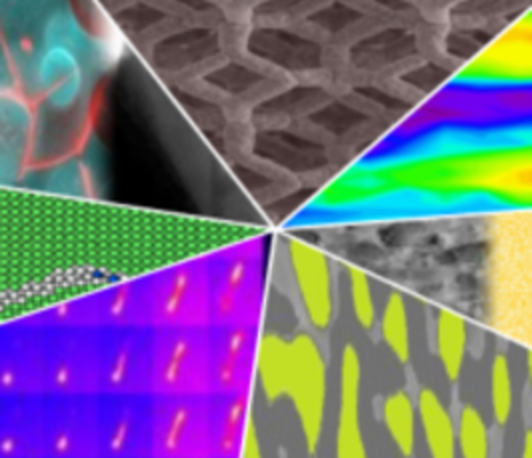Mechanistic View on Electric Current Induced Kinetic Enhancement and its Various Examples in Materials
- Date: Sep 26, 2022
- Time: 10:00 AM - 11:00 AM (Local Time Germany)
- Speaker: Prof. Heung Nam Han
- Department of Materials Science and Engineering, Seoul National University, Republic of Korea
- Location: Max-Planck-Institut für Eisenforschung GmbH, Seminar Room 1
- Room: Large Conference Room No. 203
- Host: on invitation of Dr. Sung Gyu Kang and Prof. Gerhard Dehm

Electroplastic phenomenon has been demonstrated by that the elongation increases remarkably during deformation under electric current without significant temperature rise due to Joule heating. Since the 1960s, electroplasticity has been actively investigated; however, full explanation of electroplasticity mechanism has been lacking. In this presentation, the origin of electroplasticity is elucidated based on numerical and experimental approaches. Ab-initio calculations show that a charge imbalance near defects weakens drastically atomic bonding. The electroplastic behavior could be well reproduced with microstructure-based FE simulations. In addition, the weakening of atomic bonding was confirmed by measuring elastic modulus under electric current, which is inherently related to bond strength.
As a fundamental approach of electroplasticity, we investigated the effect of electric current density on recrystallization kinetics of ultra-low carbon steel through the microstructure characterization and mechanical property analysis. A single pulse treatment (SPT) with different electric current densities and appropriate durations was utilized to achieve a target peak annealing temperature. The experimental results show that the degree of recovery, recrystallization, and grain growth tend to decrease with increasing the electric current density and then increase above a certain current density. The athermal effect of electric current was examined by comparing the recrystallization fractions obtained in the SPT with those measured in a conventional furnace heat treatment. The increase of the recrystallization fraction by the athermal effect was calculated using Johnson-Mehl-Avrami-Kolmogorov (JMAK) equation adopting the additivity rule. The result of calculation confirms that the athermal effect becomes prominent as the current density increases. The dependence of the athermal effect in the SPT recrystallization on the current density was quantified by introducing effective activation energy and effective temperature. We believe that the novel approach presented in this study can be extended to other electric current-induced phenomena in metallic materials.
As one of the challenging applications of electroplasticity, we utilized sub-second electric pulsing, which can enhance the kinetics of microstructural change to infinitely reset the damaged microstructure as a non-autonomous self-healing method. In this work, the principle of microstructure resetting is explained based on three categories of resetting cores: phase transformation, dislocation recovery, and recrystallization. Microstructure resetting assisted infinite reuse is successfully realized using 301L/316L stainless steels and super-elastic NiTi alloy, which are applicable materials of the resetting core. This is a new concept combining extreme simplicity, rapidness, and infinite repetition, which cannot be achieved by conventional methods. Besides, various application examples such as electric current assisted trimming, joining, sintering, etc. will be introduced in this presentation.